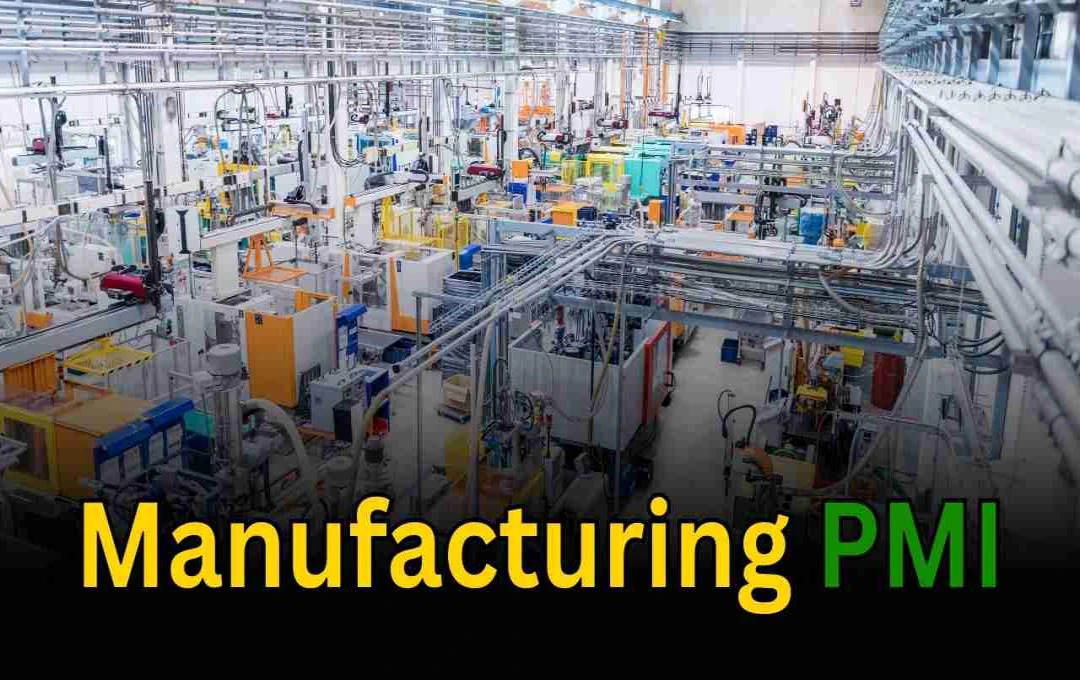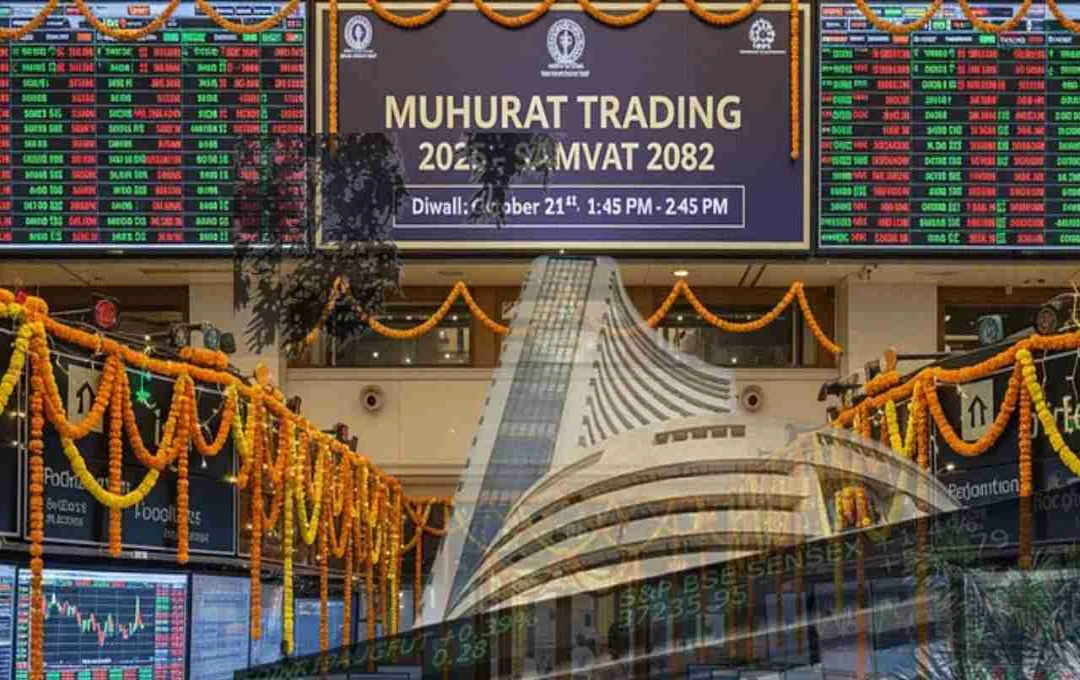India's Manufacturing PMI reached 59.3 in August 2025, marking the fastest improvement in 17 years and 6 months. Growth was supported by a surge in production, domestic demand, and b orders, although export orders saw a slight slowdown due to US tariffs. Employment increased for the 18th consecutive month.
Manufacturing PMI: The HSBC India Manufacturing PMI rose to 59.3 in August 2025 from 59.1 in July, reaching its highest level in approximately 17 and a half years. Production volumes experienced the fastest growth in five years, while inventories of both finished goods and inputs also saw an increase. Despite new export orders seeing their slowest growth in five months due to US tariffs, robust domestic demand and sustained employment creation maintained the sector's momentum.
Surge in Production

This jump in the PMI is a result of the acceleration in production volumes. The report stated that production reached its best level in nearly five years. Companies surveyed indicated that they increased their input stocks, and inventories of finished goods also rose for the first time in nine months.
Slower Pace of New Export Orders
However, growth in export orders saw a slight slowdown. Pranjal Bhandari, Chief India Economist at HSBC, stated that India's manufacturing PMI reached a record high in August, primarily driven by a surge in domestic production. However, the impact of the US increasing tariffs on Indian goods by 50% was felt on export orders. American buyers refrained from placing new orders due to uncertainty surrounding the tariffs. Despite this, the strength of domestic orders mitigated the pressure on the economy.
Domestic Demand Sustains Momentum
New orders remained consistently b, maintaining the same pace as in July. This represented one of the fastest growth rates in the past 57 months. The intermediate goods category saw the most significant surge, followed by capital goods and then consumer goods sectors. Companies reported high input stocks, and finished goods stock also increased after nine months.
Growth in international orders was the weakest in five months in August. While companies did receive business from Asia, Europe, West Asia, and America, there were signs of pressure on global demand. Analysts believe that the impact of US tariffs is clearly reflected in these figures.
Domestic Buyers Provided Support
The report indicates that domestic buyers are responsible for this strength. According to companies, successful ad campaigns and improved marketing helped boost orders. While international markets were sluggish, demand within the country remained b.
Continued Increase in Employment

The employment graph in the manufacturing sector also continued to rise. In August, jobs increased for the 18th consecutive month. Companies recruited staff in anticipation of new projects and growing production. Although the pace of job creation was the slowest since November 2024, it remained robust compared to historical averages.
Most companies surveyed appeared optimistic about the coming months, expecting this acceleration in production and demand to continue. The business outlook reached a 16-month high. Companies also showed an acceleration in the purchase of additional materials, signaling preparations for the future.
Sector-wise Performance
In terms of sector-wise performance, intermediate goods recorded the best sales and production. The capital goods sector showed resilience thereafter. The consumer goods segment also performed well, although the pace in these two categories was slightly lower than that of intermediate goods.












